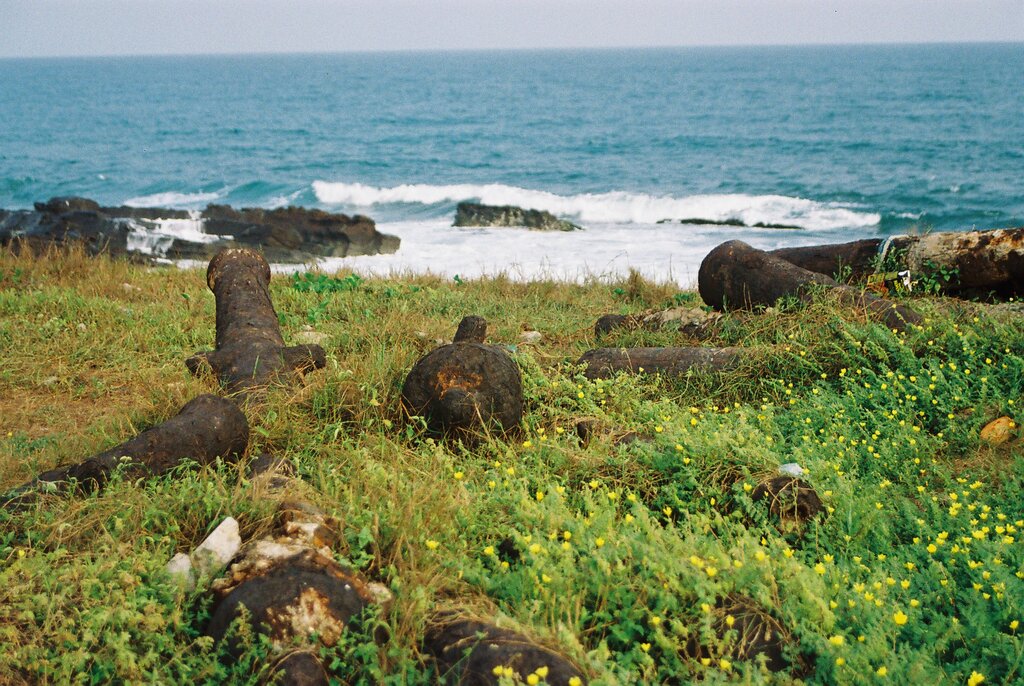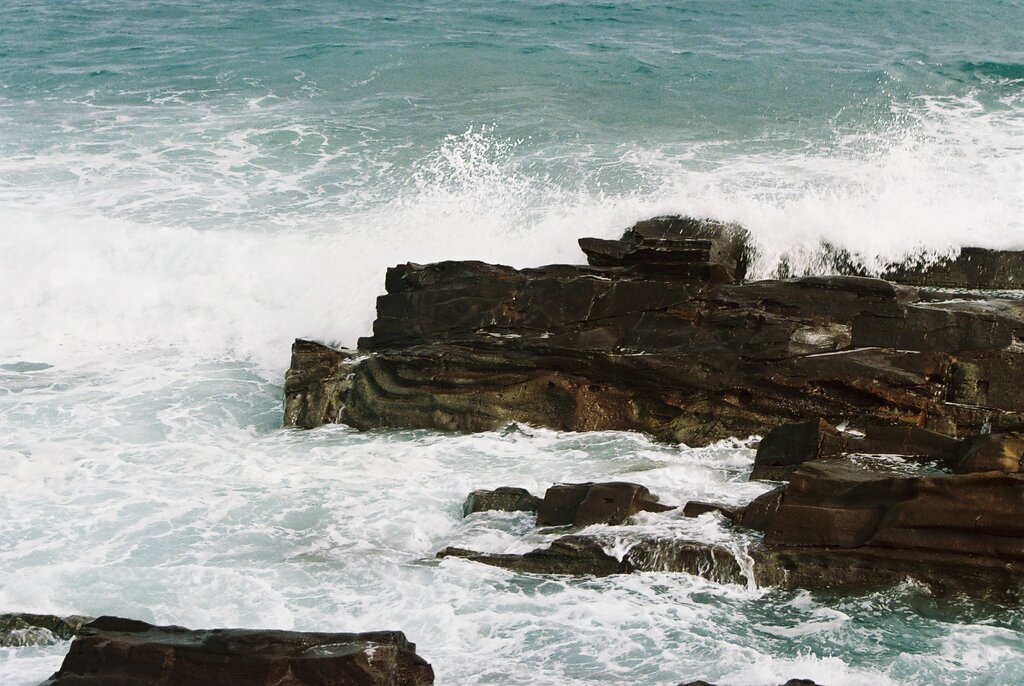Short History of Elmina and Elmina Castle
In 1482, the Portuguese built Elmina Castle, originally called São Jorge da Mina (St. George of the Mine). It was the first permanent European structure in West Africa. The castle was built to protect Portuguese trade interests, especially in gold, and later became a central hub in the trans-Atlantic slave trade.

Left behind by Colonial Powers (c) Remo Kurka
For centuries, enslaved Africans were captured, held in dungeons at Elmina Castle, and shipped across the Atlantic to the Americas. The castle changed hands several times — from the Portuguese to the Dutch in 1637, and later to the British in 1872.

Cliff at Elmina Castle (c) Remo Kurka
Today, Elmina Castle is a UNESCO World Heritage Site and serves as a powerful reminder of Africa’s colonial past and the suffering caused by the slave trade. It is a major tourist and educational site in Ghana, visited by people from around the world.